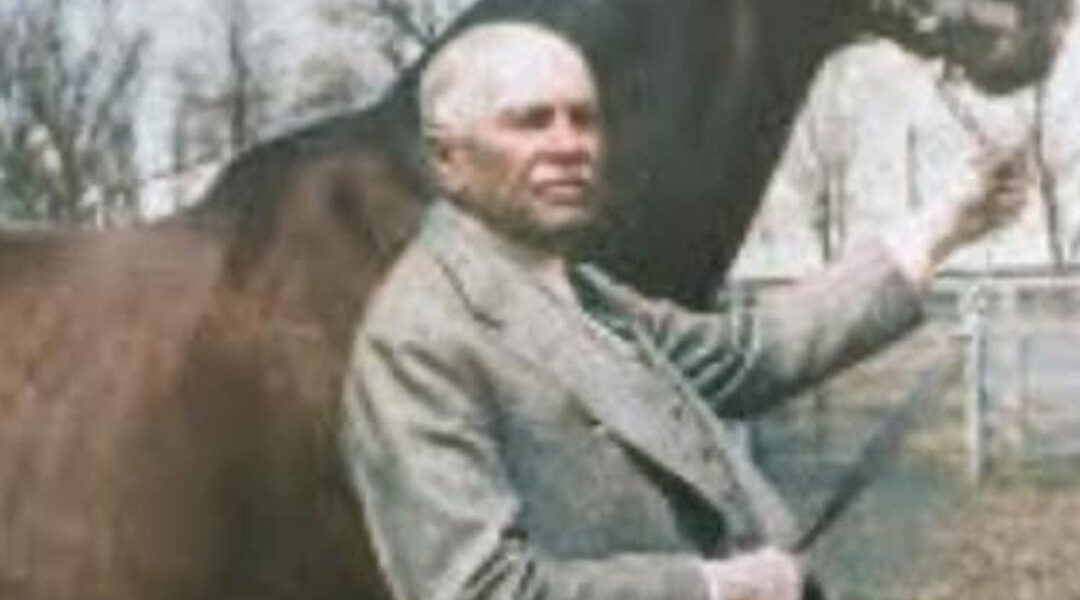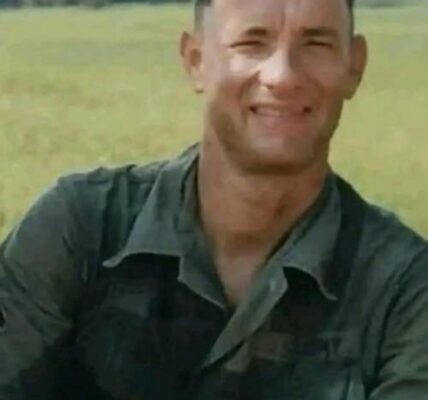When Samuel Riddle was offered a million dollars for his horse, Man o’ War, he didn’t hesitate. He shook his head and said firmly:
“Lots of men have a million dollars, but only one can own Man o’ War.”

Not long after, a wealthy admirer upped the ante. He sent a blank check, telling Riddle to write in any figure he wished. But again, Riddle refused. His response was sharp, almost poetic:
“You go to France and bring back the Tomb of Napoleon. You go to India and buy the Taj Mahal. Then I’ll put a price on Man o’ War.”
For Riddle, this horse wasn’t property. He was a living legend, a piece of history, and no number written on paper could capture his worth.
Born in 1917, Man o’ War—known to fans as “Big Red”—would become one of the greatest racehorses the world had ever seen. In 1919 and 1920, he stormed through America’s racetracks with a dominance so complete that newspapers struggled to find words grand enough to describe him. He won 20 of the 21 races he ever ran, losing only once due to a disastrous start at the Sanford Memorial Stakes. For every other start, he was a force of nature, breaking records and the spirits of his competitors alike.

He didn’t just win—he shattered records. Three world records. Two American records. Three track records. Each victory was more than a race; it was a demonstration of sheer power and grace. Crowds came not to see if he would win, but by how much. Sometimes the races felt almost cruel in their predictability—an animal so superior, he seemed to belong to another realm.
Yet what made Man o’ War’s story even more remarkable was the man behind him. Samuel Riddle wasn’t initially a racing man. He preferred show horses, viewing the racetrack as secondary. But when Man o’ War came into his life, everything changed. The horse ignited something in him—a passion, a devotion that went beyond sport.
Riddle was careful with his champion. Though many begged him to run Man o’ War in the Kentucky Derby, Riddle refused. He thought the distance—1.25 miles—was too long for a young horse so early in the season. Critics accused him of cowardice. But Riddle didn’t care. He valued Man o’ War’s health over prestige, guarding him as though he were made of gold.

And perhaps he was right. For even without the Derby, Man o’ War’s career became legendary. After a brilliant three-year-old season, Riddle made another controversial choice: he retired him. The weights assigned to him in handicap races would have been punishing, even dangerous. Riddle refused to risk it. To him, protecting his horse mattered more than chasing glory.
In retirement, Man o’ War became just as influential as he had been on the track. As a sire, he passed on his fire and speed to a new generation of champions, ensuring his bloodline continued to shape racing for decades.

But beyond numbers, trophies, and bloodlines, what endured most was the bond between horse and man. Riddle’s fierce defense of Man o’ War’s worth—beyond money, beyond fame—was a rare thing in the cutthroat world of racing. He didn’t just own a racehorse. He loved him, respected him, and recognized him as a once-in-a-lifetime gift.
Today, Man o’ War’s story still stands as one of the most celebrated in racing history. Statues honor him. Books retell his triumphs. Generations of horse lovers still whisper his name with reverence.
But perhaps the truest measure of his greatness lies in those words from his owner. You could buy castles, treasures, or monuments. But Man o’ War? He was priceless.
Because some legends, like Man o’ War, cannot be sold. They can only be remembered.




